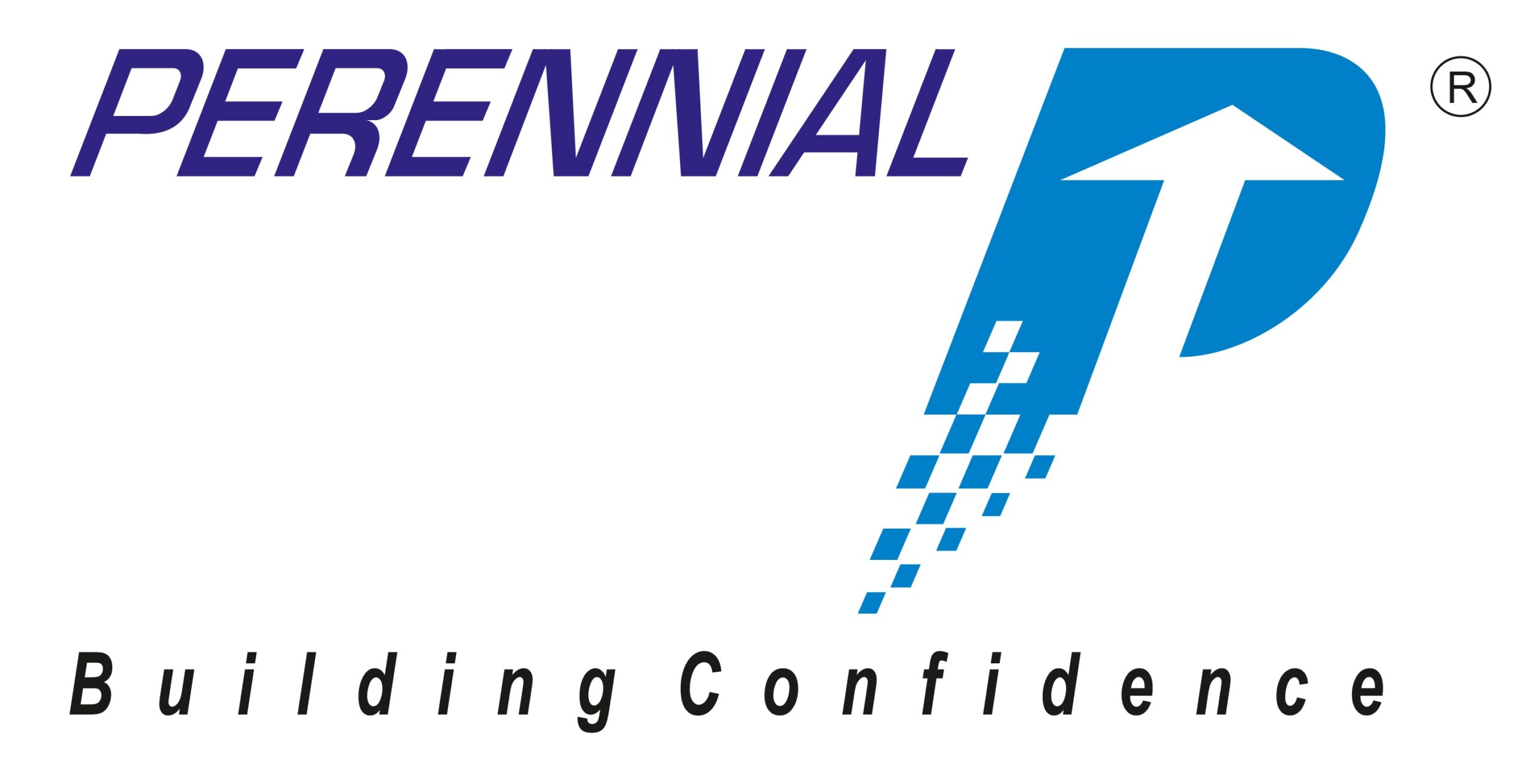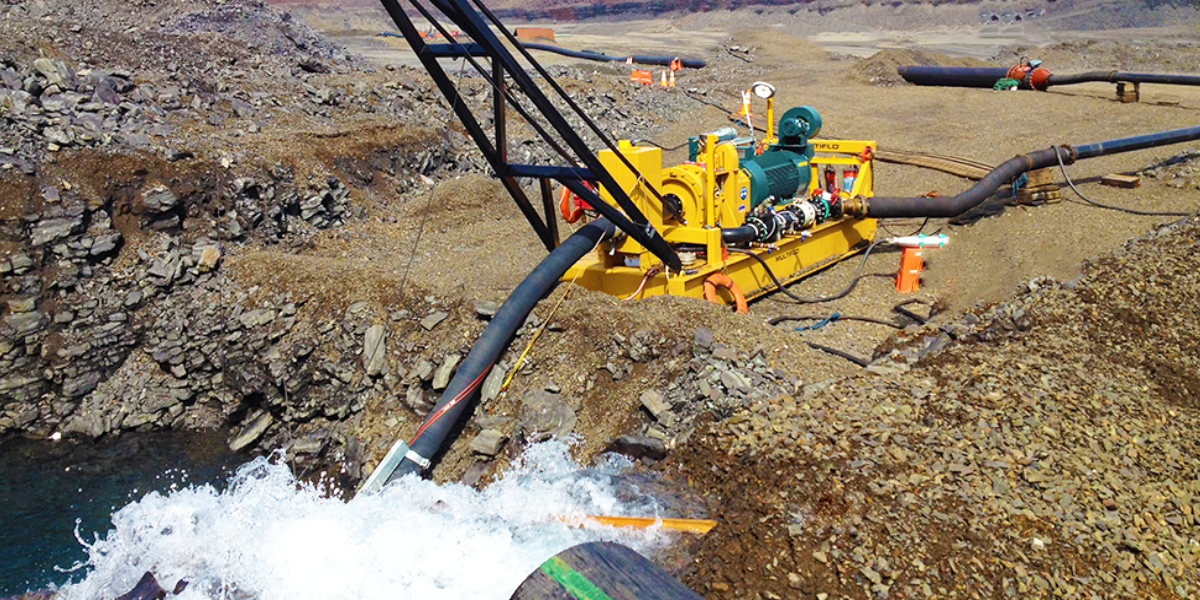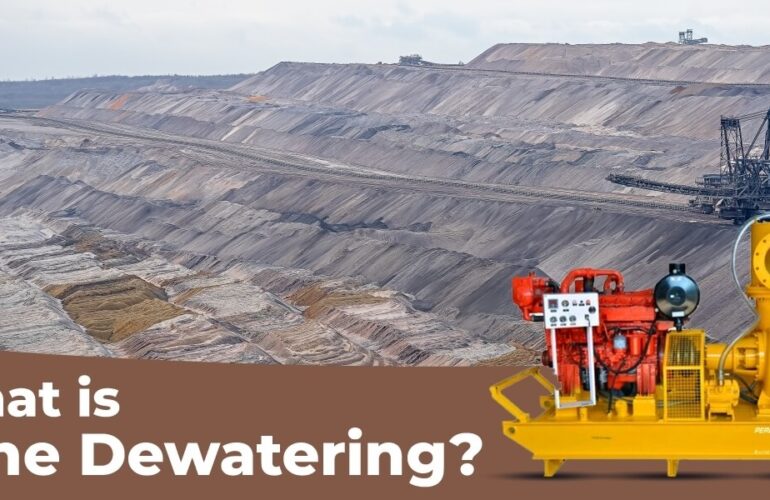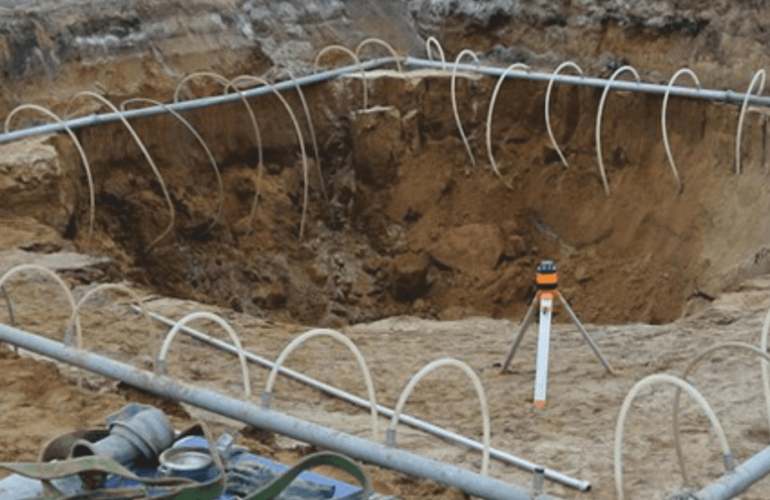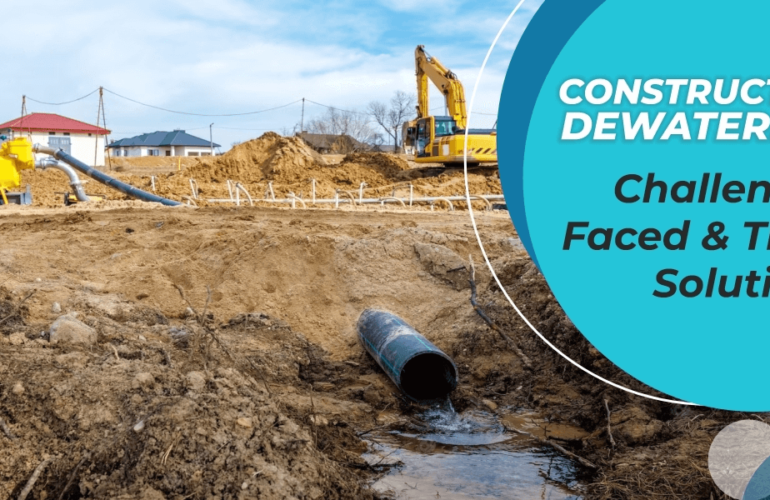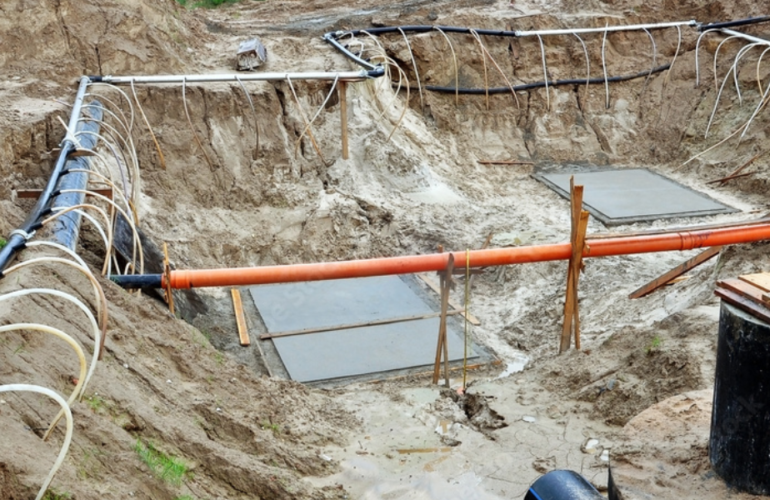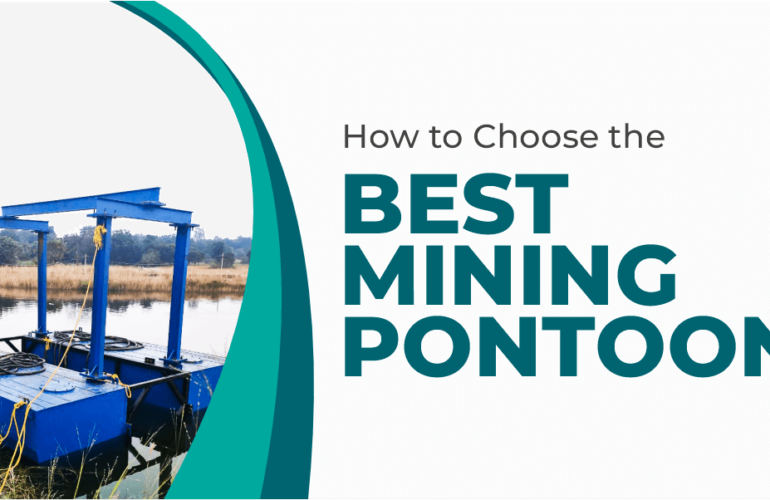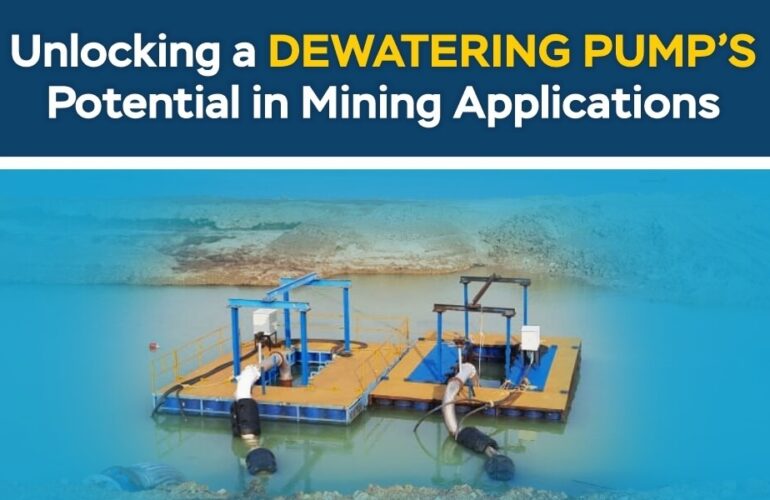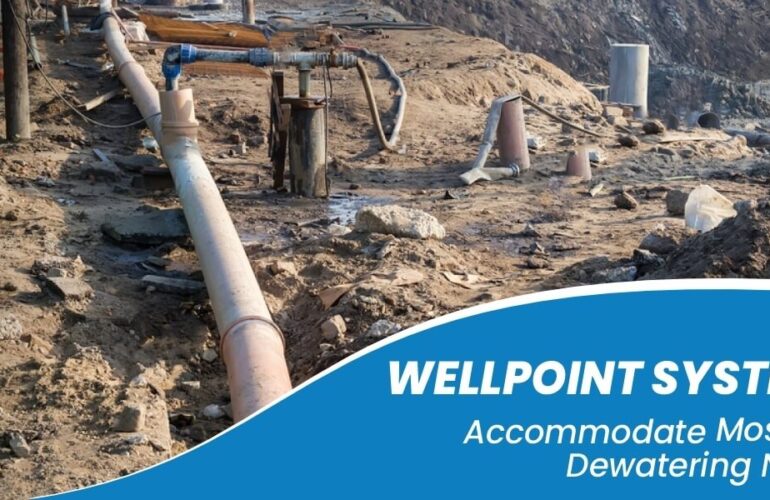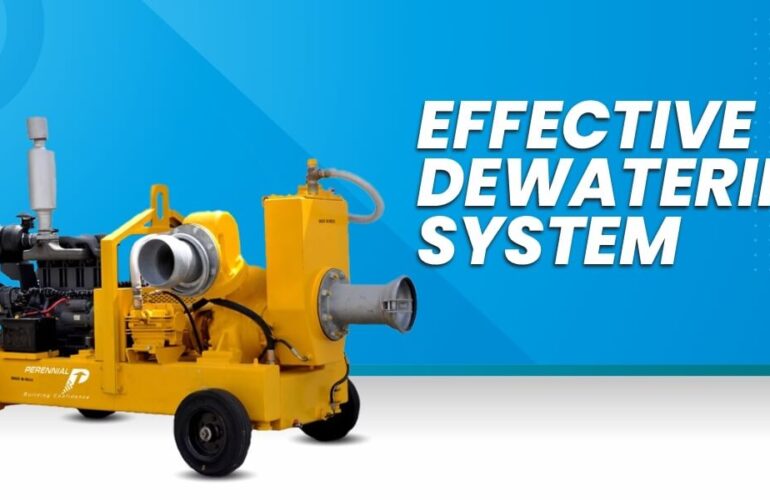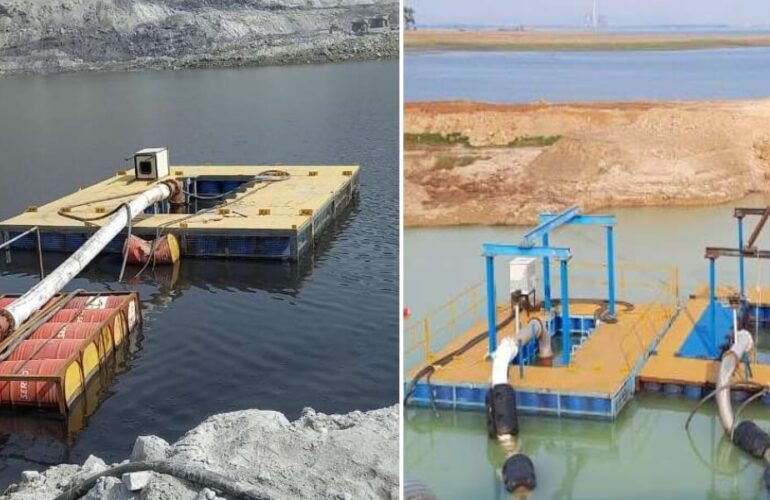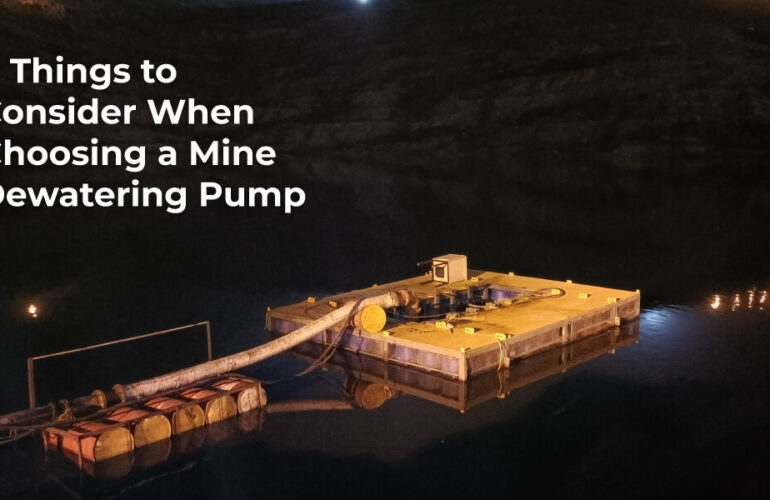Do you need a dewatering pump to empty your yard? Then, you cannot just go and buy a dewatering pump blindly and then hope for the best. This is just because there are many applications or uses of dewatering pumps, and thus you should be careful and choosy when buying or renting the best dewatering pump for yourself or for your organization!
What is a Dewatering Pump?
Before buying a Dewatering Pump, the first thing is, you should know what a dewatering pump is! A dewatering pump removes the unwanted water to anywhere you want it! These are the most flexible types of water pumps because they can be used in such a large variety of applications. The main task of the dewatering pump is to suck the logged water from the desired site and transfer it to the other location.
Uses of Dewatering Pumps
As said earlier, there are many uses and applications of dewatering pumps right from construction purposes, to agricultural applications like removing and transferring water from flooded fields etc.
To list a few here:
- Dewatering pumps can be used by people to transfer water from a nearby source to irrigate their garden or a yard.
- Some might use a dewatering pump to drain a pool at their house.
- Fire departments use dewatering pumps for various purposes like:-
1. In homes or buildings to help them in the events of flooding.
2. To fight wildfires near water bodies, etc.
Now, the question in front of you is how to choose the best Dewatering Pump that’ll fulfil all your needs?
Look at the below given expert 5 Tips to Choose the Best Dewatering Pump!!
5 Tips to Choose the Best Dewatering Pump
- The Pump size- You should select the size of the pump, depending on the water amount that needs to be removed. You should go for renting multiple pumps for your benefit, if the pump continues for a longer period of time.
- Inlet Size- Dewatering pumps have an inlet size that can range from 1-inch to 4-inches or larger. Whatever the inlet size, they all work the same way irrespective of the size, where it sucks in water through an inlet valve and ejects it out from a discharge valve. A 4-inch dewatering pump can complete a job much faster than a 1-inch pump. For example, any size pump can empty a pool. The difference in size only means bigger pumps can get the job done in lesser time. A thing to remember is that whatever is the inlet size of your pump, you must use that size inlet or suction hose. Remember, you should NEVER reduce the diameter of the inlet/suction hose.
- Dewatering Pump’s Low-Oil Shutoff Feature- We all know that, all gas-powered engines need lubrication to run properly. Engine oil, which prevents the engine from overheating, does this job. It is simple that if you run an engine without oil it will not get lubrication, and you can ruin it quickly.
Thus, this is a great feature of a dewatering pump without looking at which you should never buy a pump. If a dewatering pump has a ‘low-oil shutoff feature’ then it will automatically stop the engine from running when it senses a drop in oil pressure, and this in turn prevents immediate damage.
- Flow rate of the pump- It is obviously never safe if a dewatering pump empties a site too fast. Thus, it is always advisable for you to choose or to install the pump which will flush the site water in the right volume, that too in the desired time.
For example, for a small site, 20 liters per second pumping rate is the desired time, which won’t be sufficient for a larger site. All these depend on two things mainly, the size of the project or the site and the quantity of groundwater
- Dewatering Pump’s Roll Cages- Roll cages are for the safety purpose of the dewatering pumps. A roll-cage for a dewatering pump is something that helps to protect the pump in case something drops on it, or it falls.
One more benefit of roll-cages is that equipment like cranes can easily lift the water pump on a construction site using the cage, which will be useful as a theft-proofing technique in case if you want to store your equipment on-site overnight.
- Anti-vibration dampening- Anti-vibration dampening are rubber mounts between the pump and the protective roll cage of the pump. Pumps remain at their place due to these dampening and so it does not rattle. It will also reduce the noise while in use.
It is of utmost importance for you as users that before choosing a dewatering pump, you should ask what steps the manufacturer has taken to avoid clogging and guarantee consistent performance.
This was just the general overview of dewatering pumps. But, when it comes to specific applications or uses, you should always discuss the application needs of your project directly with the manufacturer. This will be of great help!
